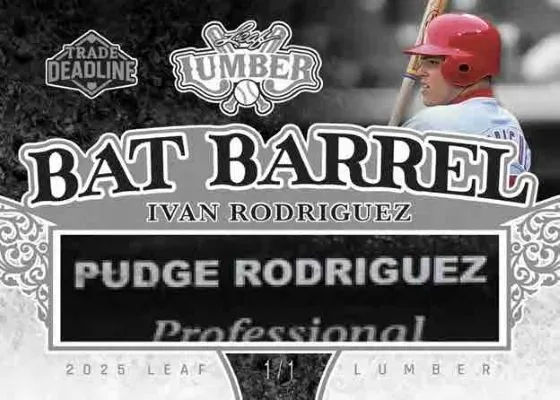How to Grade Your Sports Card
* We may earn a commission from purchases made through our affiliate links.

Grading cards can be an essential part of the sports card collecting process, and understanding how it works will help you maximize your experience.
Here is a guide to help you predict what grade you might receive.
Sports Card Grades
When graded, cards will receive a number grade from 0.5 - 10;
1 – Poor, 1.5 Fair, 2 Good, 3 Very Good, 4 Very-Good-Excellent, 5 Excellent, 6 Excellent-Mint, 7 Near Mint, 8 Near Mint-Mint, 9 Mint, 10 Gem Mint
Normally a 1-7 is acceptable for vintage cards, but for modern cards, those are typically pretty bad grades and will be harder for you to sell, and may not be worth grading.
Card grades are judged on their surface quality, corners, centering and edges. A 1909 T206 Honus Wagner or Ty Cobb card that is graded would be held to the same standards as a 2003-04 Topps Chrome Lebron James Rookie. The only difference would be the market, and what is an acceptable grade for that particular set.
Key Features of Grading A Sports Card
Centering
To some collectors, a card with near-perfect centering is the perfect investment. For other buyers who are willing to overlook minor imperfections for pristine corners and little wear on its surface area, there's no need for an expert eye when it comes down to deciding between two grades of mint condition!
The importance depends upon how much you're willing to put aside finance-wise when collecting varies greatly among enthusiasts.
You can generally figure out the centering with a digital caliper if you don’t trust your eyes.
The general calculation would be: L for left, R for right. L / ( L+R ) =
Corners
The "Gem Mint" card is a general standard for a perfect card for grading companies. The corners must be perfectly sharp and bright, with no wear or scuffing to detect under magnification; otherwise, you shouldn’t plan on receiving the coveted grade!
Surface
It is important to consider the card's surface when grading it. An imperfect, sharp corner with dirt or fingerprints will not earn you a Gem Mint rating.
Wax stains, print defects, and scratches are the most common problems that lower your card's grade.
Some surface issues can be cleaned off the card while others are factory issues.
Edges
The quality of your card will greatly depend on the edges. A mint-conditioned grade must have sharp, unmarred borders with no signs of chipping, white, rough edges anywhere along with them.
The closer you look at cards with magnifying glasses or loupes, the easier it to spot problems such as scratches and chips.
Grading Companies
At the time of writing this, we highly recommend using ISA Grading to handle your encapsulating, they use state of the art technology with beautiful slabs and a label. Graders that have been in the business for decades, with a strict grading scale. Turn around time is normally only a week, to two weeks at a great price of only $20 per card, and they sometimes hand out coupon codes. The days of PSA are nearing an end, with a long wait of 6 months – 1 year, with a base price of $65 per card + a final value based fee is just out of the cards.
Share:









1 Comment